If you have a hard water source, mineral deposits will appear over time in the tubes and flexible hose of your ionizer. Below we have prepared a series of images that show you the main components you need to check to assess the condition of your ionizer.
You can quickly check if your ionizer has salt deposits by looking at the screwed end in the device of the flexible stainless hose through which the alkaline water comes out.
Unscrew the hose and look at its end from the appliance. If you see a thinner or thicker white ring on the inside, your ionizer has mineral deposits. Below are some pictures: one with a stainless steel hose without deposits, and some examples of stainless hoses with deposits. As you can see, the deposits can be in a very thin layer, or they can even clog the hose.


Most of the time, it is enough to check the flexible stainless hose to see if the ionizer needs to be cleaned. Optionally, you can also check the upper nozzle, the part in which it is screwed.
You have two examples below: an upper nozzle with no deposits inside, and one with mineral deposits inside. Do you see how much the diameter through which the alkaline water flows has decreased in the second case?
You do not need to remove the upper nozzle to examine it, just unscrew the flexible stainless hose from it and you can see inside the nozzle.
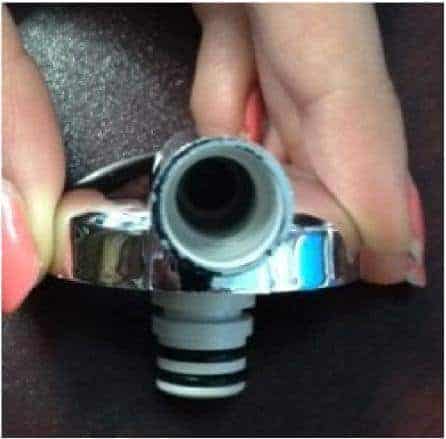
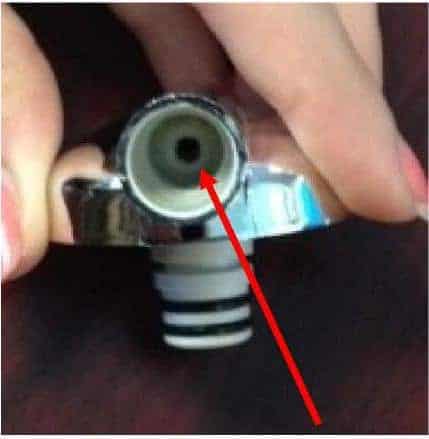
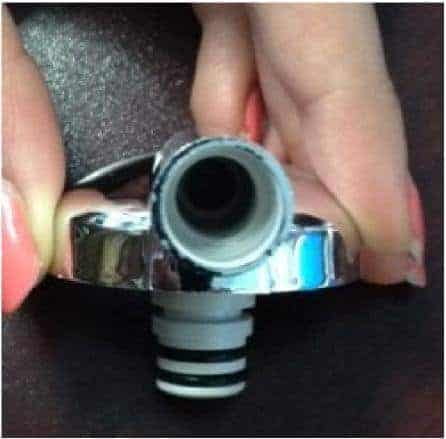


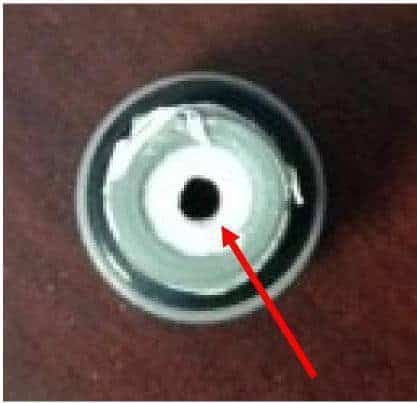
Mineral deposits will appear in the hole marked with the red arrow and will look the same as in the previous pictures.
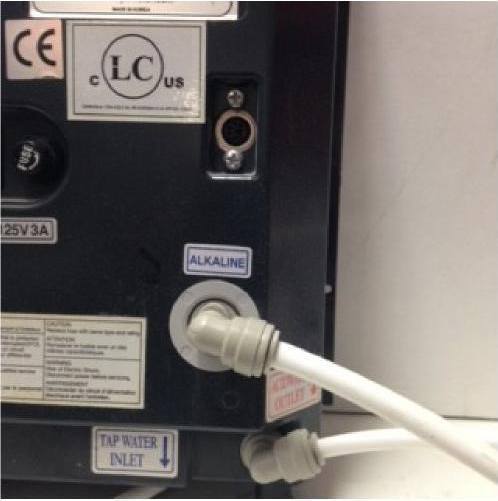
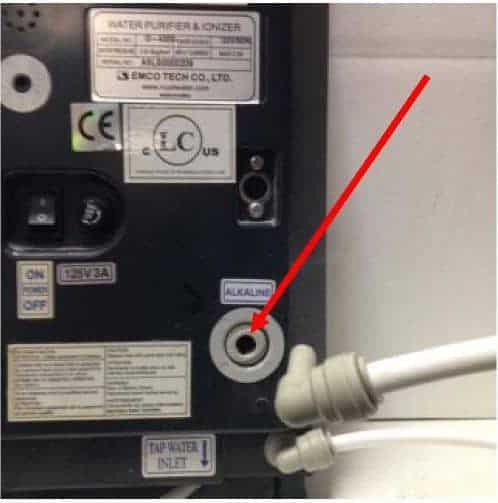

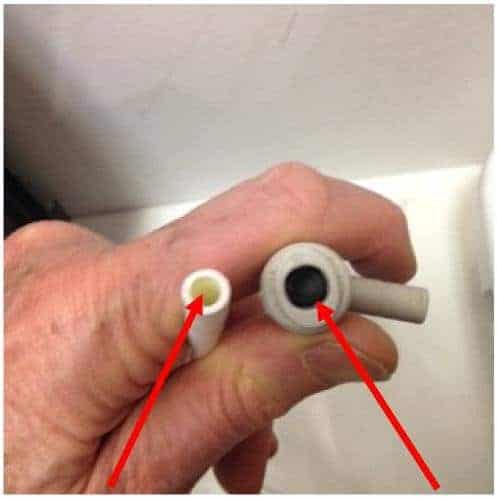
Mineral deposits will appear inside the tube and will look like in the previous pictures.
If you have hard water, we recommend using one or more of the following solutions: